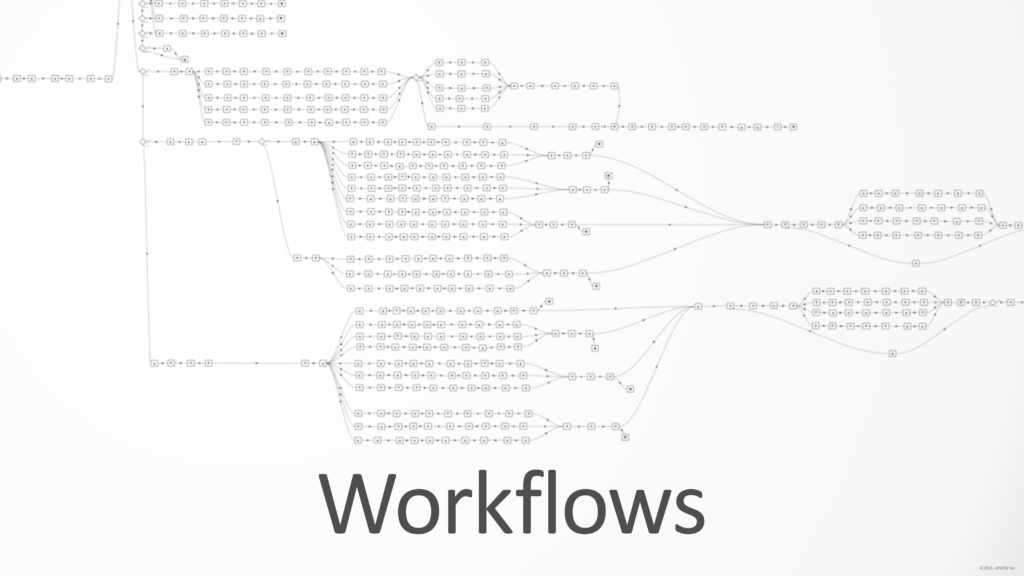*MAT_PIECEWISE_LINEAR_PLASTICITY (*MAT_024) is widely used material model for metals and in some cases plastics. Its popularity is widespread since it offers several plasticity models and can also be strain-rate dependent. One particle parameter, the Yield Stress, in the material card can appear in more than one place and can be sometimes confusing to know which value is used by LS-DYNA. Here is the hieararchy of the final value of the Yield Stress used in LS-DYNA.
Yield Stress Calculation
1. If LCSS is non-zero, the initial and evolving yield stress is always taken from either the Curve of Table that LCSS refers to.
2. If LCSS is zero AND EPS-ESS is defined, then the initial and evolving yield stress is determined by ESS
3. If LCSS is zero, EPS-ESS is zero, then the yield stress is obtained from SIGY parameter.
Strain-rate Dependency
In *MAT_024, there are three ways to define strain-rate dependency. Its hieararchy is defined below.
1. If LCSS refers to a table, then the strain-rate dependency is always computed from the table.
2. If LCSS is either a Curve or is zero AND LCSR is nonzero, then LCSR is used
3. If LCSS is either a Curve or is zero AND LCSR is zero and C & P is non-zero, then Cowper Symonds is used.
When using Cowper-Symonds method for strain-rate dependency and Viscoplasticity (VP) is turned on (equal to 1), SIGY, plays an important role in how the dynamic yield stress is determined. When VP=1, the strain-rate dependency is always based on SIGY which is then added to the static stress.
However, when VP=0, the dynamic stress is based on the static stress curve which is now a function of the effective plastic strain. For more information, please see the Remarks section of the LS-DYNA Keyword User’s Manual under MAT_024.















